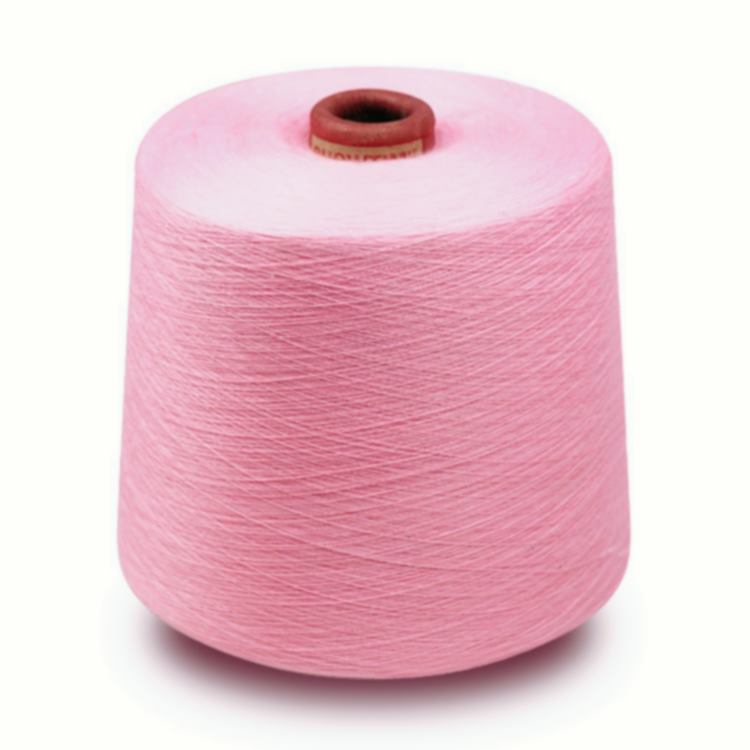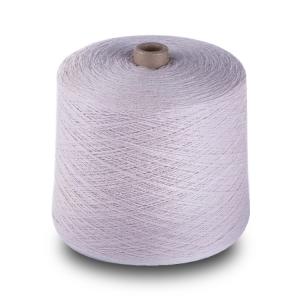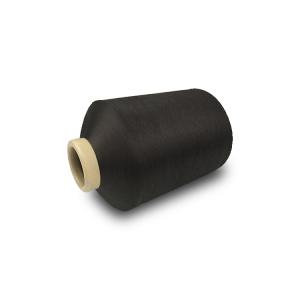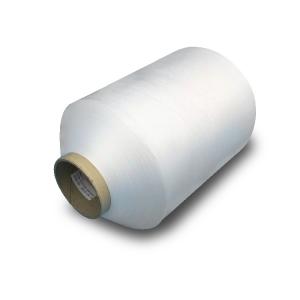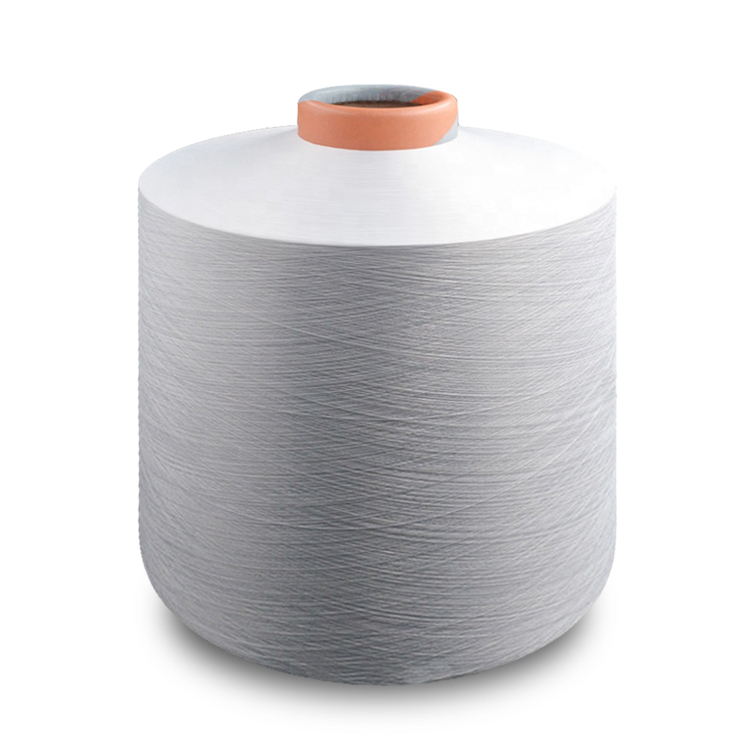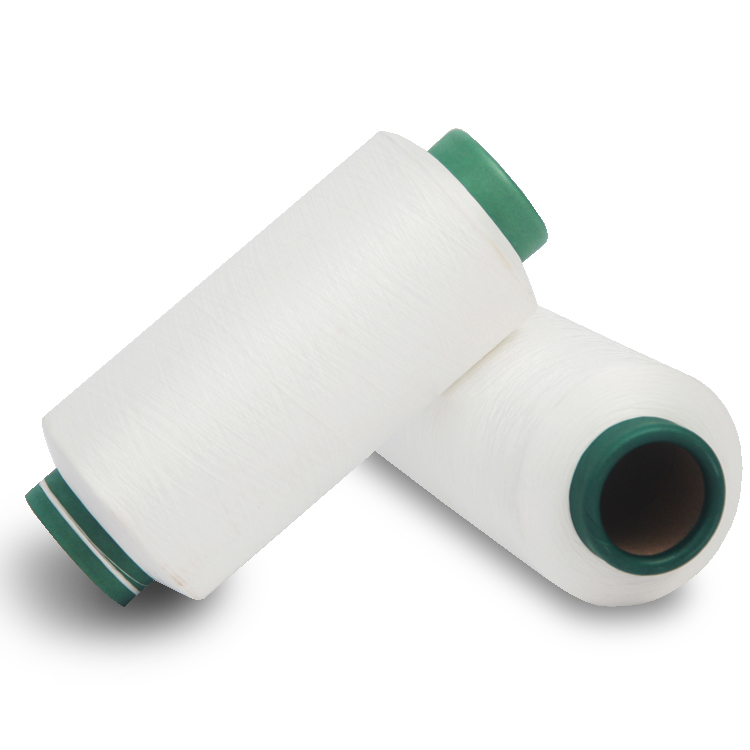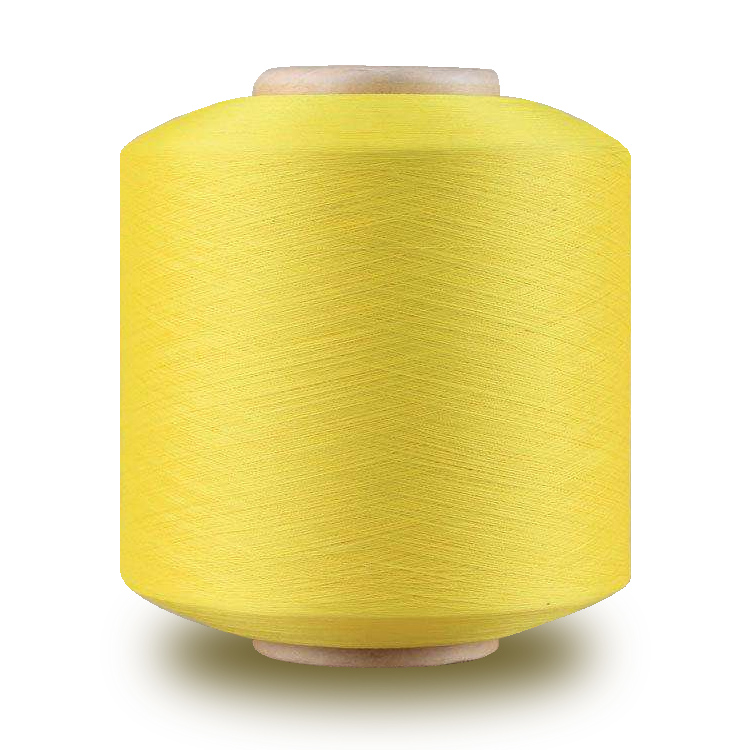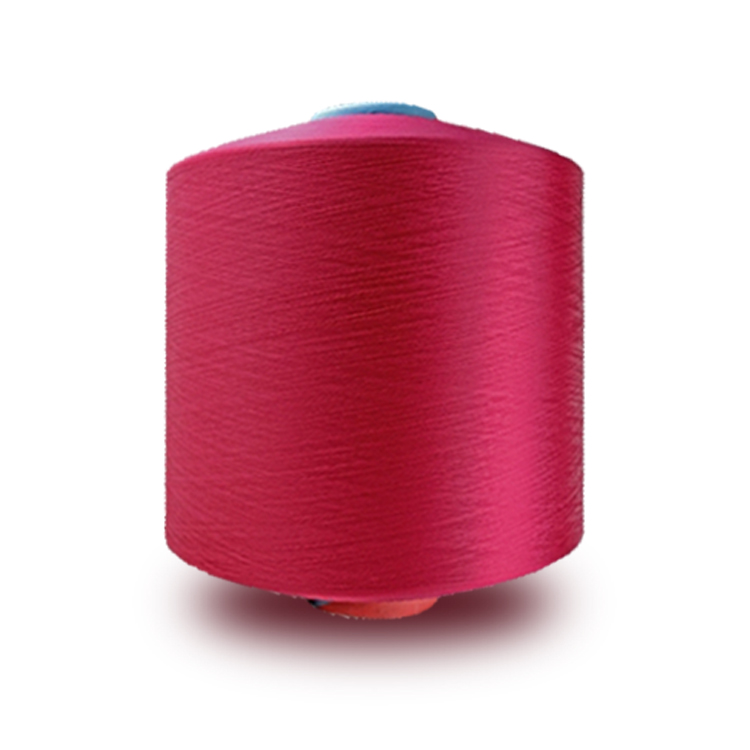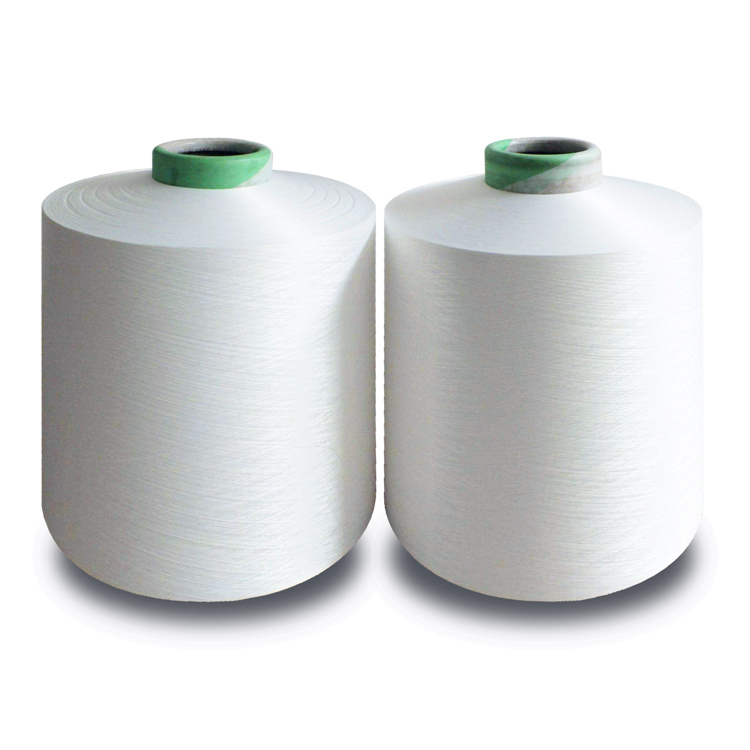Share to:
Related Products
Superior Knitting Spun Polyester Yarn for Sewing
LQ-0501
Price: From $0.66
Delivery time: 9-20 days after payment
MOQ: 500 KG
In order to meet the requirements of customers, cotton spinning mills should know the receiving standards of knitted yarns in dyeing and printing factories.
Basic knowledge of knitting yarn
A slightly larger printing and dyeing plant has its own inspection procedures and receiving standards for knitted yarns. Generally speaking, it includes two major aspects: the first is the testing of yarn physical indicators, such as count, strength, twist, hairiness, moisture regain, evenness and CV%. Based on the national standard "FZ/T 71005-2006 cotton natural color yarn for knitting", the receiving standard is generally higher than this standard; the other is the testing process, and the printing and dyeing mill will come to the cotton spinning mill every time. The yarn is knitted with a flow number, i.e. yarn cylinder number, and 100 cylinder yarns are randomly selected from the yarn to be woven on a circular machine. Then, the yarn is dyed in three to four different colors, such as blue, military green, purple and bleaching. Each color is 1 to 2 yards. The dyeing effect of the batch of yarn is evaluated. For example, whether the dyeing process absorbs color evenly, whether horizontal, dead cotton grade, how much nylon grass, whether the bleaching process evenly, how many rovings, rovings, long yarns, red and blue dots, and so on. Based on the measured physical indexes and yarn test results, a final conclusion is drawn: the fabric suitable for yarn is one-sided or two-sided, and the color is suitable for dyeing or bleaching, etc.
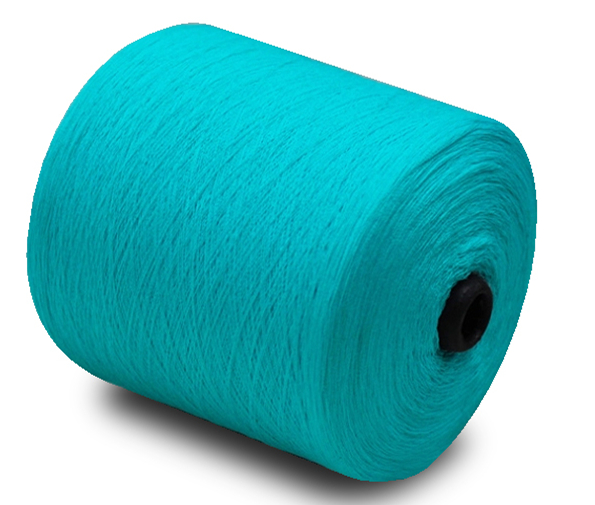
I. Yarn count calculation method
1. Units
(1) Fixed length system:
A. Tex: The number of grams of knitting yarn with a length of 1000 meters at a given moisture regain is called a special number.
Formula: Ntex=(G/L)*1000
In formula: G is knitting yarn weight (g), L is knitting yarn length (m).
B. Daniel: The number of grams of mass of 9000 m long knitting yarn at a given moisture regain is called the number of denier.
Formula: Nden=(G/L)*9000
In formula: G is the weight of knitting yarn (g), L is the length of knitting yarn (m).
(2) Restructuring:
A. Public Branch number (Public Branch): The length metres of a gram of knitting yarn (silk).
Formula: Nm = L/G
In the formula: 1 is the length (meter) of knitting yarn (silk) and G is the weight (gram) of knitting yarn (silk).
B. Inch count: The number of 840 yards of a pound of knitting yarn.
Formula: Ne=(L/G)*840
In formula: L is the length (yard) of knitting yarn (silk) and G is the weight (pound) of knitting yarn (silk).
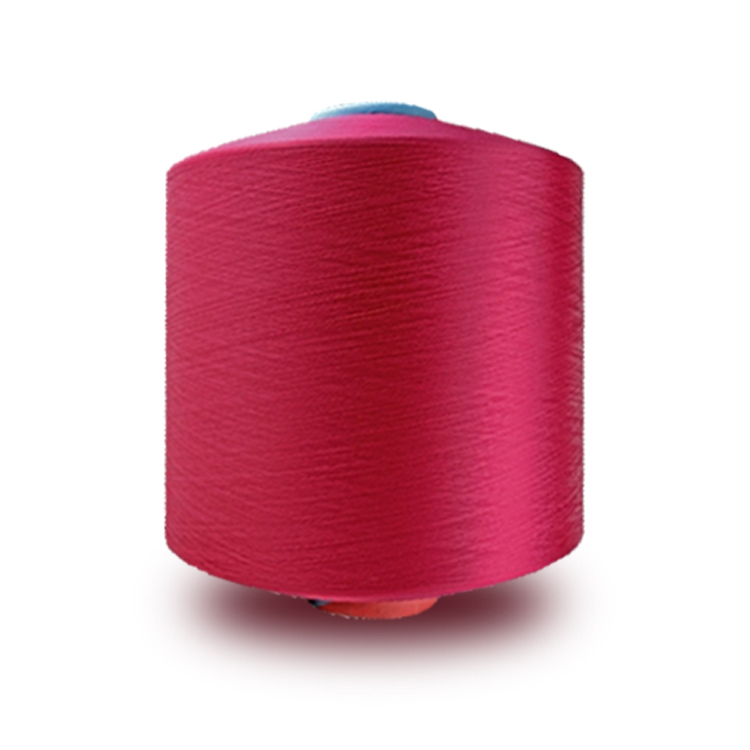
2. Unit Conversion
A. Special Number Ntex and British Number Ne
Ne = C / Ntex (C is constant, chemical fiber 590.5, cotton fiber 583, if it is blended knitting yarn, it can be calculated according to blending ratio, such as T/JC (65/35) 45S yarn C = 590.5*65%+583*35%=588, then calculated according to formula)
B. British branch number Ne and metric branch number Nm
Purified Fiber: Ne = 0.5905Nm Cotton: Ne = 0.583Nm
Blended knitting yarn: such as T/JC (65/35) 45S Ne= (0.5905*65%+0.583*35%) Nm
3. Special Ntex and metric Nm
Ntex * Nm = 1000
4. Special Number Ntex and Denier Number Nden
Nden = 9 * Ntex
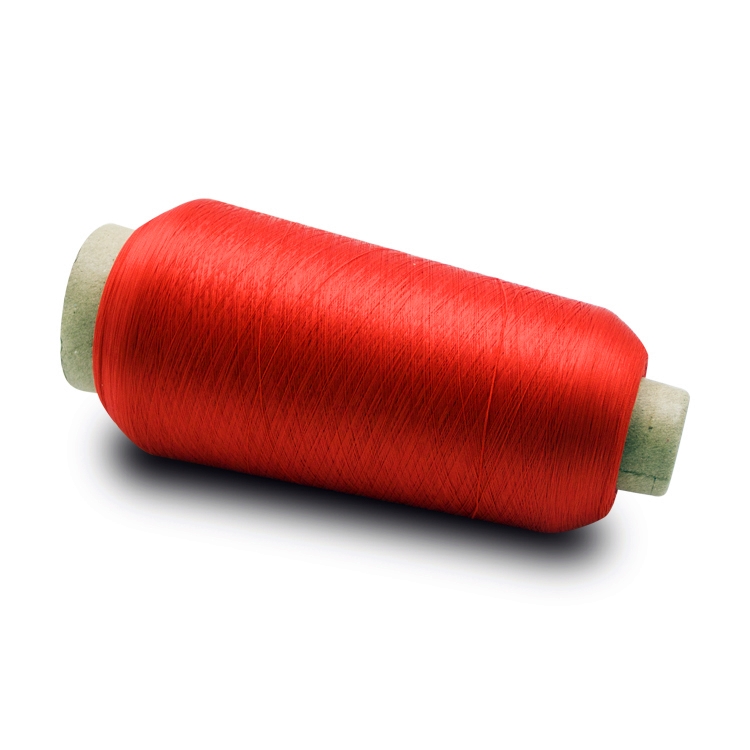
II. Knitting yarn Twist and Twist Coefficient
1. Twist: The number of twists per unit length of knitting yarn. Ttex of cotton knitting yarn and cotton chemical fibre knitting yarn is expressed by the number of twists within 10 cm of yarn length, and Te of British count is expressed by the number of twists within 1 inch. The twist Tm of worsted wool knitting yarn and chemical filament is expressed by the number of twists per meter. The relationship between the above expressions is as follows:
Ttex = 3.937Te = Nm/10 * Te = 0.254 Ttex = 0.0254Tm
Twisting can be divided into Z twist and S twist. After twisting, the direction of twisting of single knitting yarn in single yarn is S-twist from bottom to top, right to left, and Z-twist from bottom to top and left to right.The first letter represents the twist direction of the single knitting yarn and the second letter represents the twist direction of the strand. After two twists of strand, the first letter represents the twist direction of single knitting yarn, the second letter represents the twist direction of first twist, and the third letter represents the twist direction of double twist. For example, the twist direction of single knitting yarn is Z twist, the first twist is S twist, and the twist direction of double twist is Z twist.
2. Twist Coefficient
Special twist coefficient alphatex=Ttex*Ntex1/2
English twist coefficient alpha e= Te/Ne1/2
Metric twist coefficient alpha m= Tm/Nm1/2
The relationship between the special twist coefficient alpha tex and the British twist coefficient alpha e is as follows:Alphatex = Ttex * Ntex 1/2 = Te/2.54 * 10 * 5831/2 * Ne 1/2 (583 is the coefficient of pure cotton varieties. For blended and chemical knitting yarns, please refer to the change of the conversion constant C between the special number and the British system)
III. Knitting yarn strength and single knitting yarn fracture strength
Single knitting yarn strength: The force required to break a single knitting yarn is called single knitting yarn strength or single knitting yarn strength, in units of cattle (N), centimeters (CN).Single knitting yarn breaking strength: The ratio of single yarn strength P to knitting yarn count Ntex is Km or cN/tex
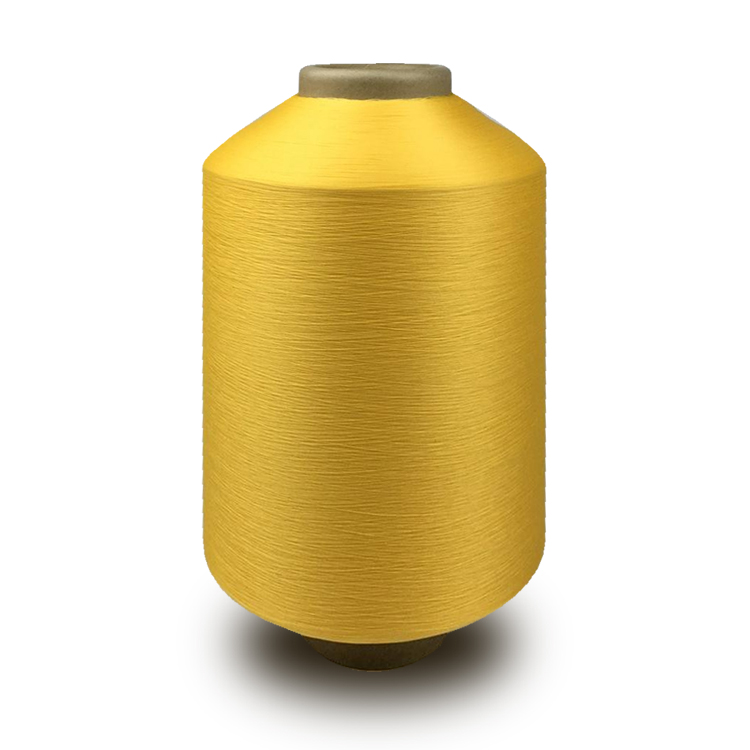
IV. Knitting yarn standard weight
The weight of textile materials at a definite moisture regain or moisture content is called "standard weight".The relationship between the standard weight of textile materials and the visible weight under the actual moisture regain is as follows:
Knitting yarn standard weight = weighing weight * (100 + nominal moisture regain) / (100 + actual moisture regain)
The calculation of standard weight in production. Often the material is dried first and then calculated according to the drying weight. The formula is as follows:Standard weight = dry weight of material (100 + nominal moisture regain)/100
Knitting yarn is a continuous linear object made of various textile fibers. It is thin and soft, and has the basic properties required for textile processing and final product use. It is mainly used for weaving shuttle fabrics, knitted fabrics, knitted fabrics and some non-woven fabrics. A small part of knitting yarn exists directly in the form of linear textiles, such as sewing knitting yarn, wool yarn, embroidered yarn, thread rope and other miscellaneous yarns.
The knitting yarns are classified according to the type of raw materials: yarn.
A.Pure spinning knitting yarn
Pure spinning knitting yarn consists of the same kind of fiber, such as pure cotton knitting yarn, wool yarn, viscose yarn, acrylic yarn, polyester yarn, nylon yarn and so on.
B. Blended knitting yarn
Blended or twisted yarns consist of two or more fibers, such as polyester/cotton blended yarn, wool/polyester blended yarn, wool/nitrile blended yarn, polyester/viscose/nitrile blended yarn, silk/cotton cross-twisted yarn, etc. There are two or more kinds of staple yarn, called blended yarn, and the yarn made of two or more filament yarns (such as twisting) is called blended knitting yarn. Its blends are as follows:
Xa = Wa/W*100% of which Xa is the content of some component fibers
Wa is the weight of the component fibers
W is the weight of blended yarn.

